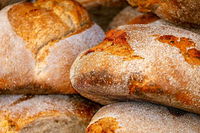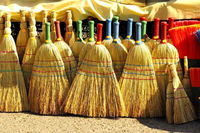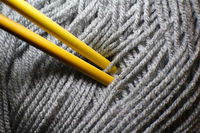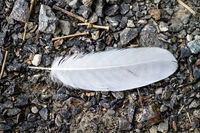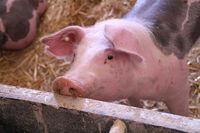Quiz Answer Key and Fun Facts
1. "Long, thin, crisp piece of baked dough"
2. "The staff or handle of a broom"
3. "Inflammation involving the pastern bones of a horse's leg"
4. "A figure of two thigh-bones laid across each other"
5. "Small, thin, tapered sticks of wood...eating utensils"
6. "Any of several comfreys"
7. "A stick of medium length carried by a police officer..."
8. "A whalebone substitute made from the quills of geese"
9. "To stab...; to wound mortally"
10. "A zigzag pattern, especially made by bricks...or by stitches"
11. "Any of several fishes; the garfish...; the butterfish"
12. "An exclamation equivalent to Nonsense!"
Source: Author
jonnowales
This quiz was reviewed by FunTrivia editor
looney_tunes before going online.
Any errors found in FunTrivia content are routinely corrected through our feedback system.

